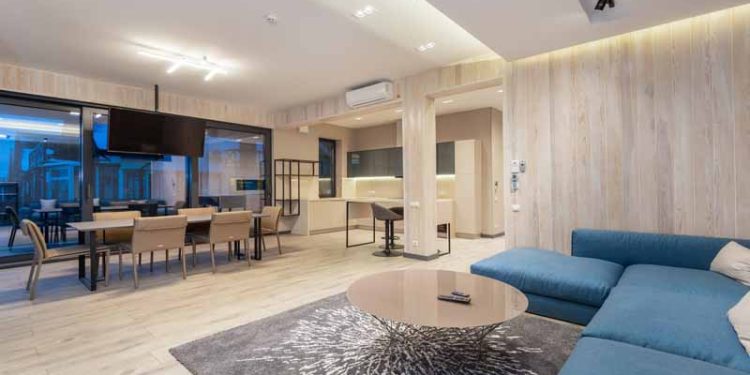How do you choose the perfect rug to brighten up your home? Where can you go to find a wide variety of styles and colors to match your home’s decor? How much should you pay, and what other important things to keep in mind when shopping for rugs? Our Oriental Rug Buying Guide answers all these questions and more!
What are Oriental rugs?
Oriental rugs are used on hardwood floors, area rugs. And as wall hang in homes all over North America. They make a room look expensive and luxurious; Add comfort when placed directly on your feet or underfoot; they provide an area of warmth in cold winter months. There are four primary types of oriental rugs – Hand-Knotted Rugs, Machine-Made Rugs, Shag Pile Rugs, and Flat Weave Rugs. All have pros and cons, but with a little knowledge about what each type offers, you can decide which is best for your home.
The first step is to determine what size rug you need. The easiest way to do that is by measuring your room’s dimensions in square feet (for rectangular rooms) or calculating how many square meters (for L-shaped rooms). Once you know how much space needs covering, consider where it will be located. Do you want it against a wall? Do you want it in front of a window? Wherever it ends up, consider that fact when choosing one type of rug over another.
Cost of oriental rugs
Though I’d love to get you a detailed and accurate pricing chart, it’s hard to give one as each rug is unique in design, size, material and maker. So your best bet is to find an Asian rug dealer who can evaluate what works for you and suggest a range of prices based on those parameters. Oriental rugs are not like other home decor items like furniture or paintings, where price doesn’t matter that much. The price of an oriental rug will tell you how well it was made.
And how long it will last. Higher-priced rugs usually last longer than their lower-price counterparts. Because they’re made with better materials by more experience artisans. Oriental rugs need regular cleaning, but don’t use harsh chemicals because they might damage them beyond repair! If your rug has delicate colors or intricate designs, bring it to a professional cleaner instead of yourself. Also, remember that sunlight fades dyes over time, so keep your rugs away from windows and direct sunlight if possible.
How to measure your room before buying an oriental rugs
Before buying an oriental rug, make sure that you measure your room and choose a size that will best fit. Remember that rugs need approximately 10-15% of extra room on all sides when hanging a flat weave rug. Oriental Rugs generally fall into two categories for sizing, these being Flat Weave Rugs or Pile Weaves Rugs. Flat Weaves are relatively easy to match up as they generally come in standard sizes. Pile Weaves are more complex when choose a size as each is made uniquely by hand.
And can vary in size depend on where they’re being used, e.g. hallways vs bedrooms. We recommend using our rug calculator tool to help you work out what size would be best suited for your home. You should also remember that some smaller rugs look better if placed under furniture rather than on top, so don’t be afraid to get creative with placement! If possible, try out different locations around your home before buying – many people find our showrooms helpful!
Where should I put my new oriental rug?
Oriental rugs are durable, but they’re also a bit pricey. Depend on how large your new rug is and how often you expect it to walked on. You should consider a few things before choosing where it should go. We suggest using underlay whenever possible (which will generally happen with larger rugs). If you decide to put a rug directly on your floor, however, a few general rules of thumb can help guide your decision. Thick/cushioned carpet feels softer than hardwood floors. Carpeting also makes louder noises when people walk across it and is less likely to creak or squeak as they move around on it. The more traffic you expect in an area, the thicker and more cushioned your rug should be. The heavier an area is traffic, the more worn.
And tear it will endure over time. We recommend placing thick/cushioned rugs in high-traffic areas like hallways and living rooms. A thin rug place in a high-traffic area might not stand up to regular wear. And tear for very long especially if pets are involve! In addition to making sure your rug has enough cushioning, pay attention to its color. Darker colors tend to hide dirt better than lighter ones do. Lighter colors are best suited for low-traffic areas like bedrooms and kitchens. You should also take care not to place any rugs near doorways or other places where lots of feet will be coming into contact with them every day; foot traffic wears down carpets faster than anything else does!



























